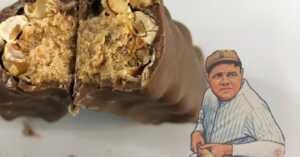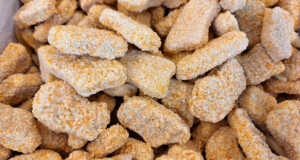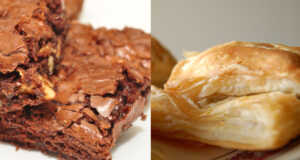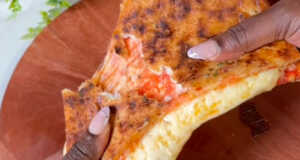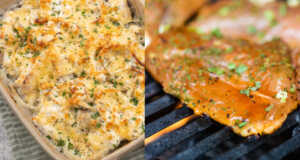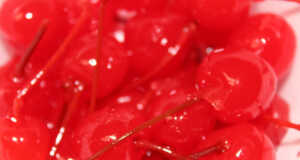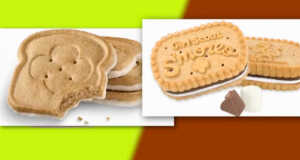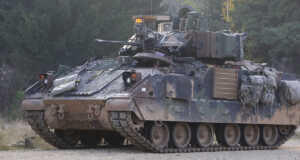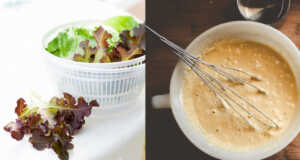Save Money AND Eat Steak? Trimming Grocery Tenderloin Into Prime Cuts of Steak
Steak — thick cuts of well-trimmed beef — always scream luxury. Most of the time, that sort of decadent meat is out of reach, but what if you could have bulk quantities of premium steak for a fraction of the cost? Here, this butcher shows how to turn a large piece of meat into individual portions of steak that you can have at the ready at any time of the week — no special occasion or reservation to a fancy steakhouse is required.

Sure come the holiday times, we love a cut of tenderloin, a long cut of back meat that includes both the loin and sirloin primal cut sections. Luckily for us, we don’t have to wait for a special occasion to eat steak. On the Butcher Wizard’s channel, you see that the steps to cutting your steaks are super easy.
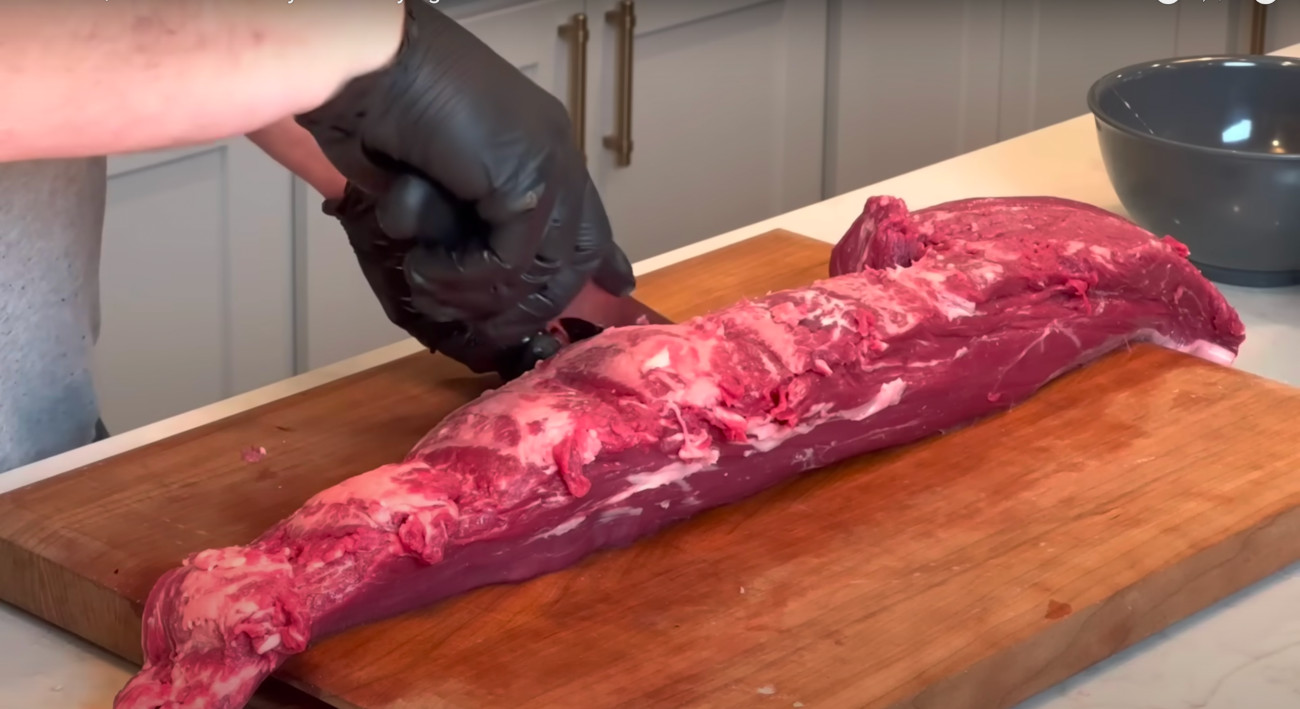
Essentially you want to remove as much inedible silver skin and extra fat as possible. The Butcher Wizard recommends using a more flexible boning knife, which has a curved blade, as it easily gets into skin and musculature. He starts big by removing the largest sections of visible fat, but he doesn’t throw it away. Saving the fat isn’t just frugal, it’s smart because it can be used in making sausages and rendered down to cook food. Flipping the meat over, he repeats the same steps, getting off as much fat as he can.
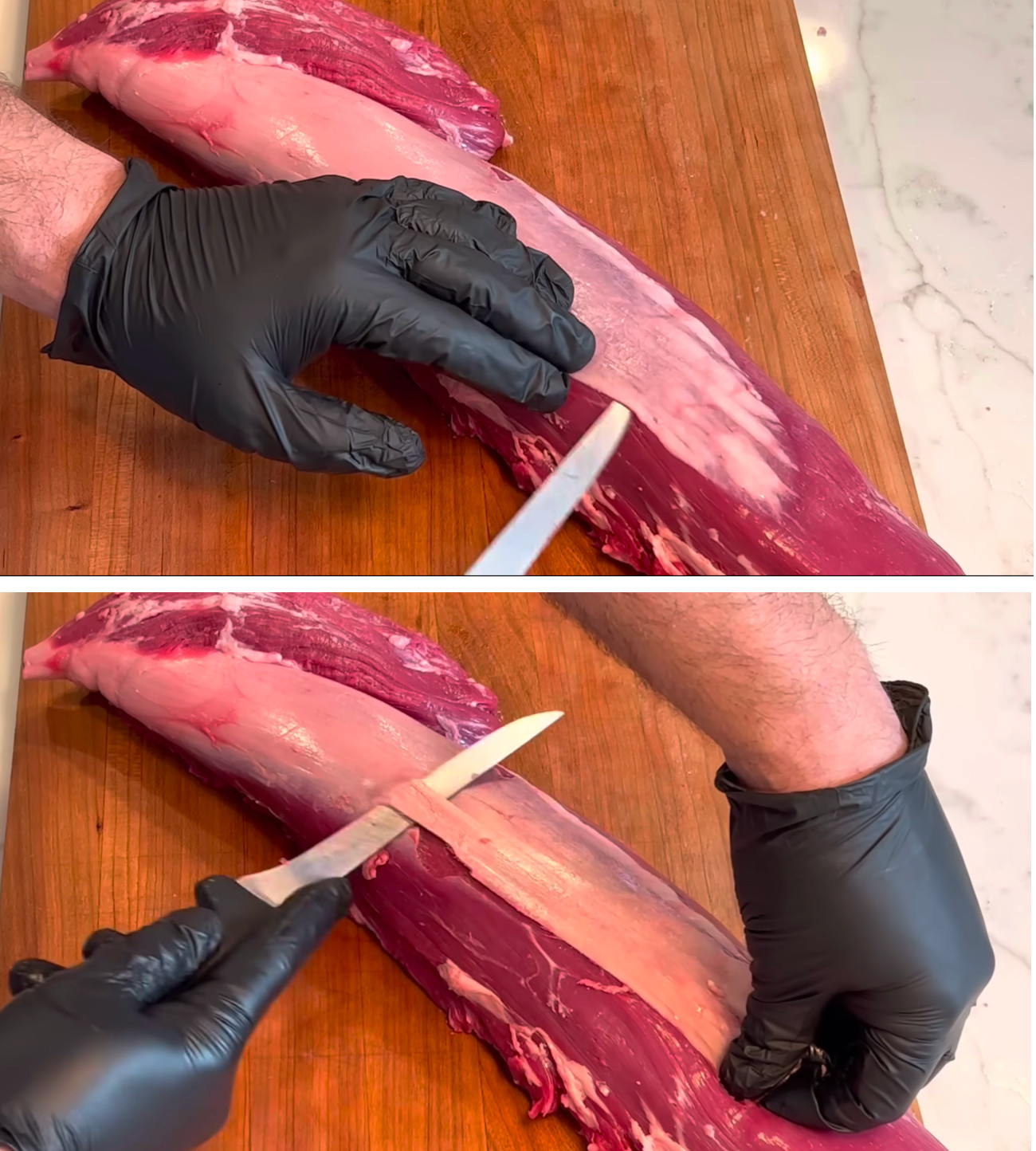
Next is the trickiest part — the silver skin. This connective tissue is extremely tough. It doesn’t matter how much you cook the meat, the silver skin will never break down. Luckily, the technique the butcher shows is very easy to replicate. Slipping the tip of the knife underneath the silver skin, you push the knife to the right, creating a flap. Then you change the direction of the blade to the left side and glide the knife sideways removing the silver skin in ribbon-like segments. Don’t try to remove the silver skin in big sections, if you try to remove silver skin in chunks, you’re also more likely to cut off valuable and edible sections of meat. Small, feasible sectioned removal is the most efficient way to get it off.
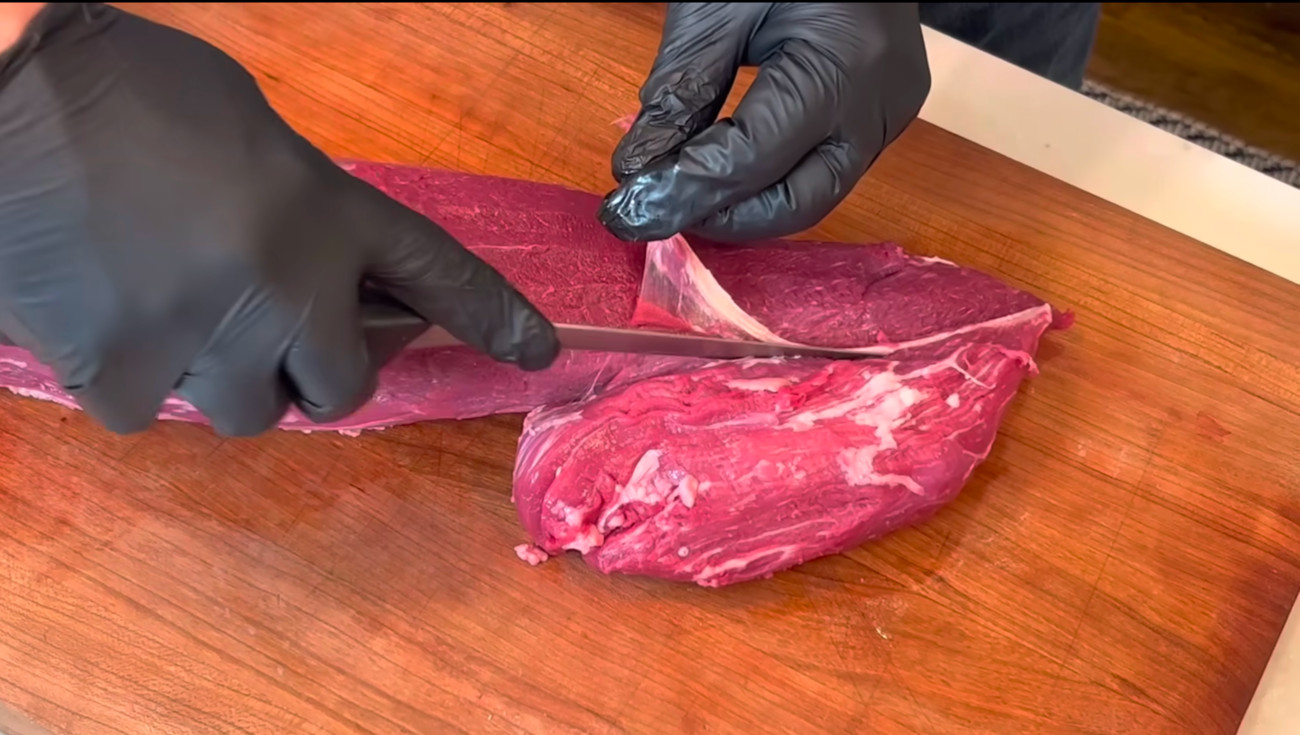
In the sections where the silver skin goes into other portions of meat, you use the V-cutting technique. You slice on both the left and right sides of the silver skin and pull it out from the two muscles.
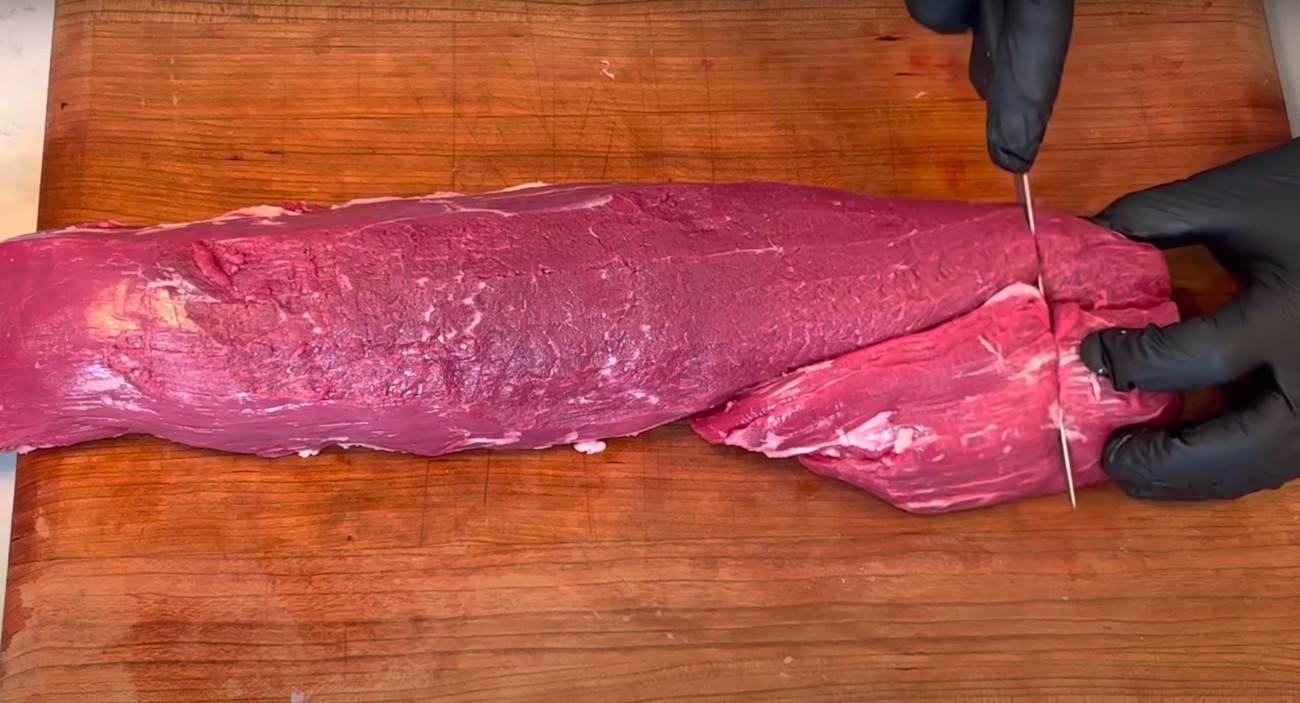
Next is the most satisfying part — cutting the meat. The tails of the tenderloin are cut and used to make ground hamburger meat or chopped into steak tips. Side parts of the tenderloin are the filet cuts and are sectioned into portions that are two to three fingers wide.
The middle part of the tenderloin, the chateaubriand, is the most delicate of sections. While it’s generally used for roasts, having steak portions is an edible form of heaven.
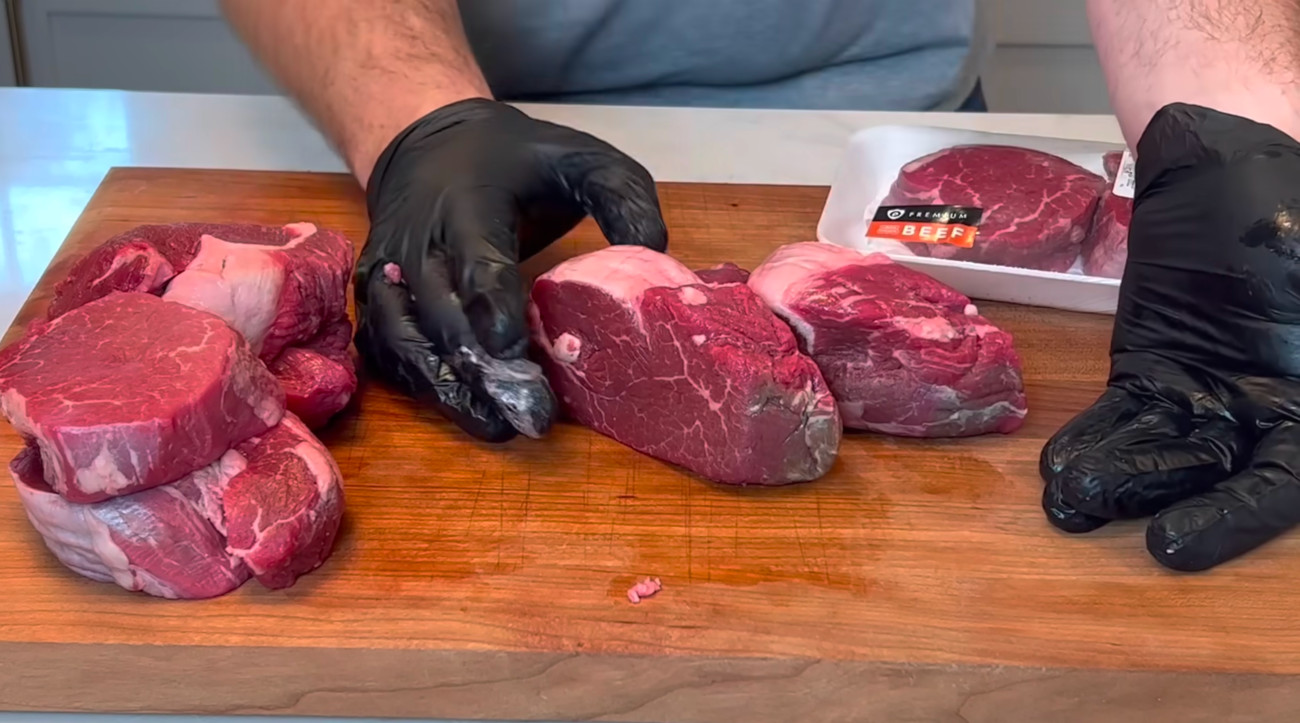
You may think hey I can just go to the grocery store and buy myself a precut portion of steak but you’ll be surprised at the difference.
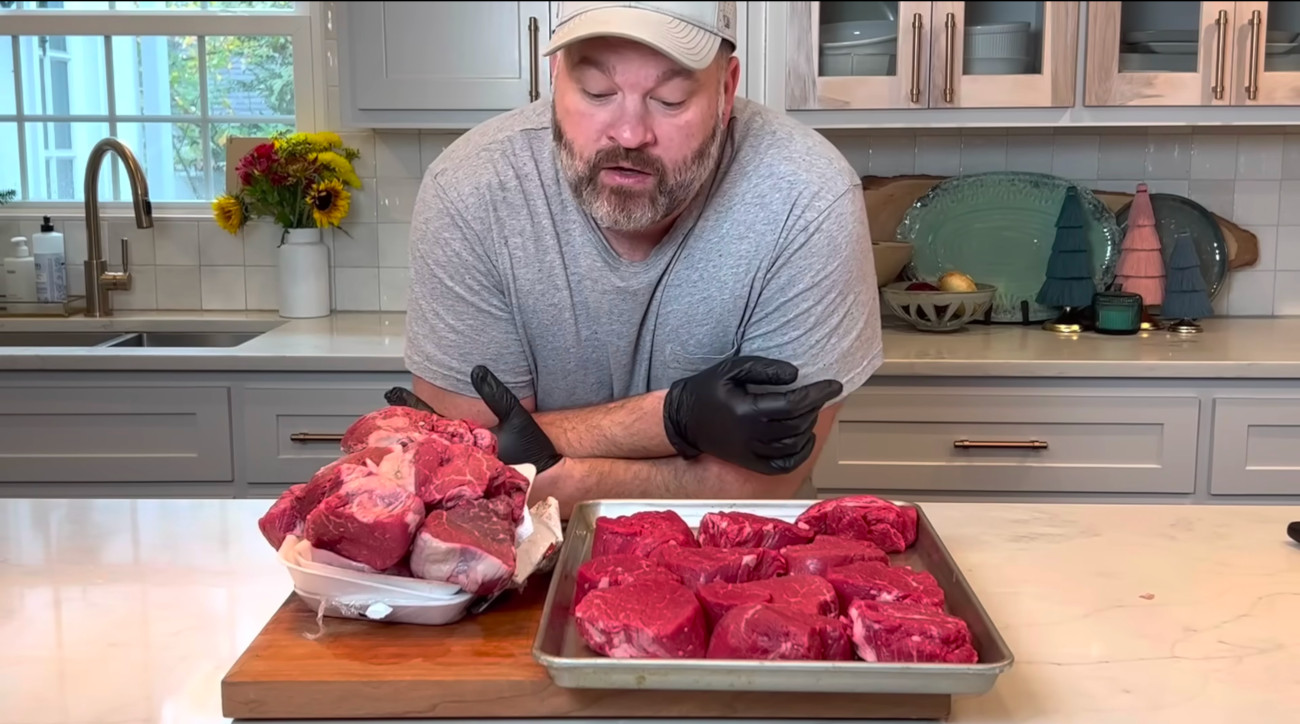
Now that you’ve seen the fat and silver skin on a steak you’ll be surprised to see just how many inedible parts are left on the prepackaged grocery store steaks. What’s worse is that you’re paying for the weight of the meat, meaning you’re paying for stuff you can’t even eat.
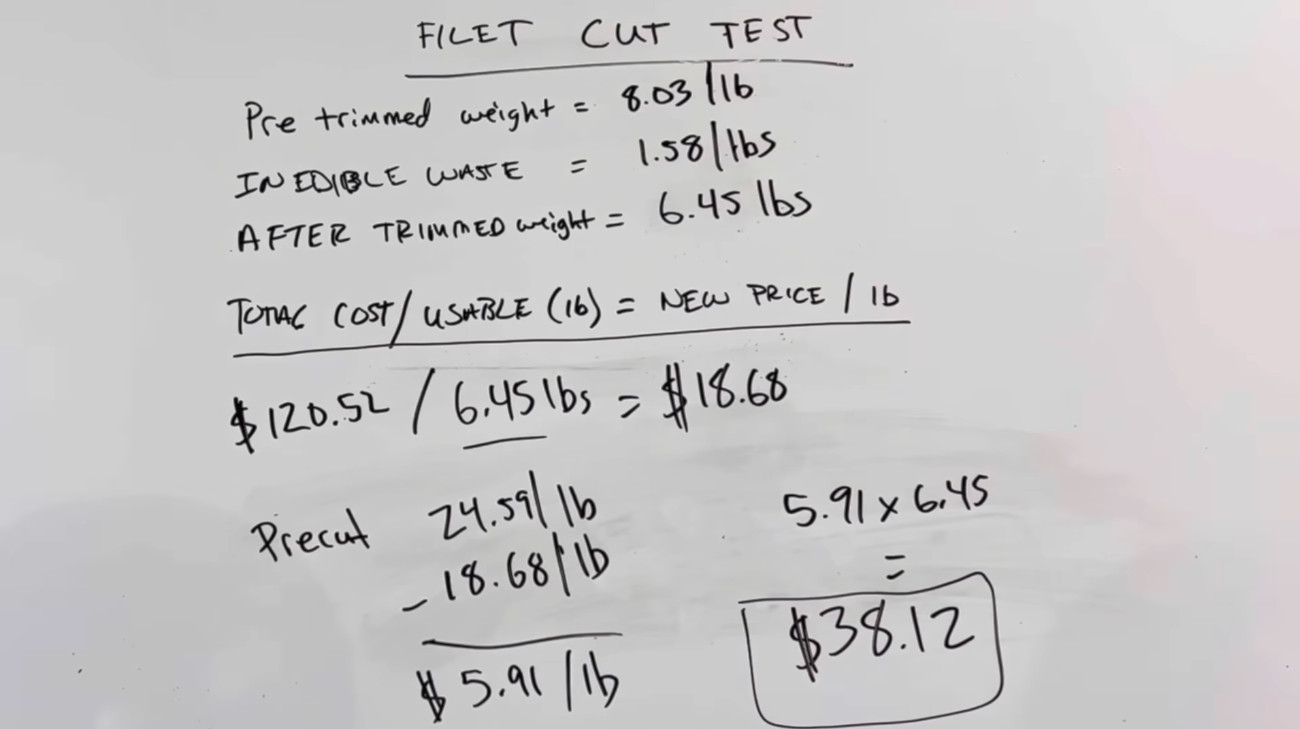
Breaking down the numbers, you see that prepackaged meat isn’t worth the convenience or price, you’re still going to have to cut out the fat and silver skin. While the initial capital of buying a tenderloin sounds like a blow to your budget you eat way more steak, steak tips, and beef fat. In a world where every inch of food counts, this simple butchery can stretch food a long way.
To get a mastering of the cutting techniques, watch the video from start to finish below.
